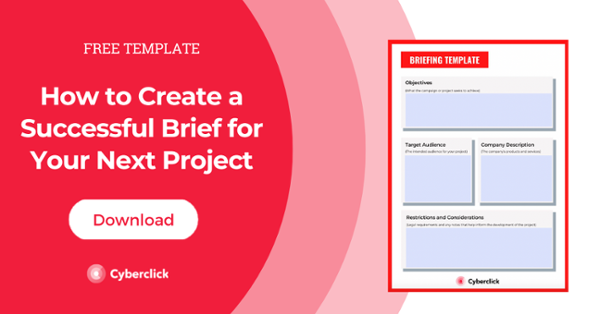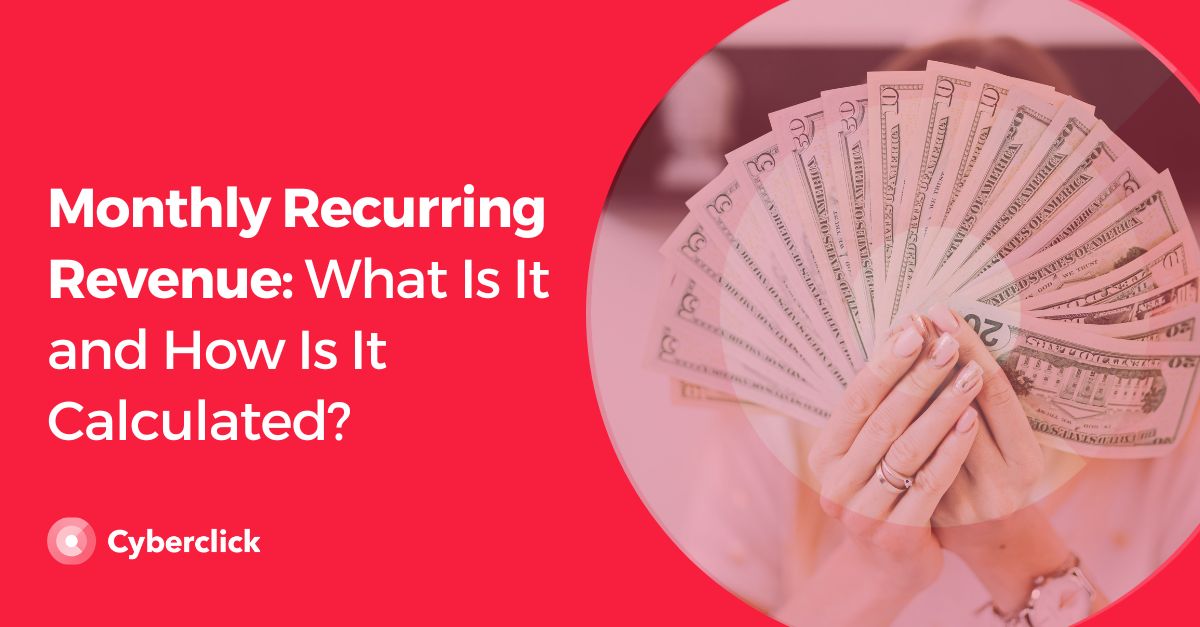A briefing is an essential tool in the day-to-day work of marketing and advertising professionals. Working without a briefing or with a low-quality briefing is a recipe for disaster. But what exactly does this document consist of?
What Is a Briefing?
A briefing or brief is a document that serves as a communication tool between a company and its marketing suppliers. In it, the company must explain what it is seeking to achieve with a specific project, for what purpose, in what time frame, and with what means.
A good briefing should have these characteristics:
-
Follow a logical order, from the most general to the most specific.
-
Include enough information to allow the agency to target your campaign but present it in a concise manner.
-
Make it easily understandable to all team members by avoiding technicalities specific to the company's sector.
-
Make it very clear what you want to achieve. One way to do this is by using SMART goals (specific, measurable, achievable, relevant and with deadlines).
There are, of course, different types of briefings:
-
Business briefing: this document focuses on the current and past situation of the company and the business objectives to be achieved.
-
Marketing briefing: aimed at summarizing information about a specific marketing action to be implemented.
-
Advertising briefing: this type of briefing includes the details necessary to launch an advertising campaign.
-
Creative briefing: generally designed from the advertising briefing, it includes details about the graphic design and visuals. For example, style guides or delivery formats.
What Elements Should a Briefing Contain?
The information in a briefing will of course vary depending on the type of briefing. In general, these are the elements that you should include:
-
Objectives: what is the campaign or project seeking to achieve? Ideally, these objectives should be defined through a series of KPIs or key performance indicators.
-
Target audience: who is your audience? This element is essential to determine the type of action, the tone of communication, and the channels you will use.
-
Company description: if this is the first contact between the company and the agency, it is essential to include a section explaining the company's products and services as well as its values and history.
-
Project requirements: what are the characteristics of the project you are launching? This section can vary a lot because at times we will find very open briefings and at times the action is already well defined. For example "design an interactive website that takes advantage of the resources created in previous campaigns".
-
Restrictions: in some sectors, for example the health sector, public communication campaigns must comply with a series of legal requirements. It is therefore very important to include this information in the briefing so that the agency can take it into account.
-
Project budget: it is important for you and your client to agree to this in writing.
-
Deadlines: it is also crucial to define deadlines for all the deliverables. This way, everyone involved knows what to expect and when to expect it.
By better understanding what a briefing is and what elements you need to include when creating one, you are already on your way to making a well organized, cohesive project. This in turn will ensure that you and your client are aligned in your goals and therefore will yield the results that you are both looking for.
Licenciada en Publicidad y Relaciones Públicas por la UAB. Digital Marketing Strategist en Cyberclick.
Degree in Advertising and Public Relations from the UAB. Digital Marketing Strategist at Cyberclick.






Leave your comment and join the conversation